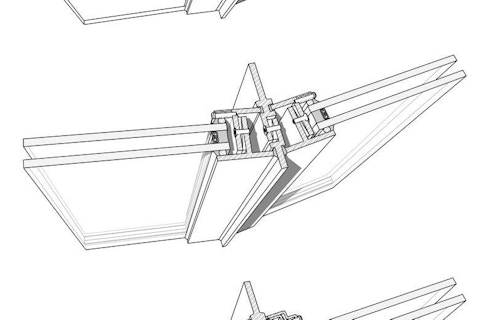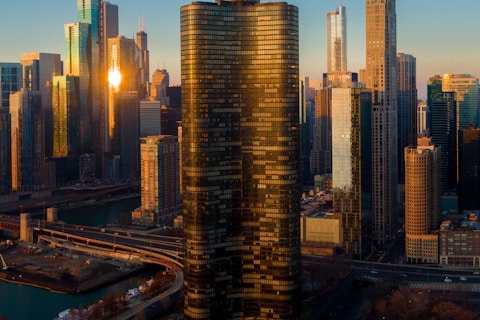Net Zero Tower
Student Facade Studio Project
New York City College of Technology
with Permasteelisa, Skanksa and Onyx Solar
Spring 2020
This Spring the Advanced Design Studio at City Tech taught by John Neary and Victoria Ereskina of HOK, with Elliot Glassman of WSP Built Ecology, explored the potential impact of the Closed Cavity Facade system developed by Permasteelisa. The goal was operational energy demand reductions toward Net-Zero performance of a commercial building on a site in Boston. Development guidelines and design feedback were provided by Skanksa USA in connection with their commitment to meet the Net-Zero Carbon goal adopted by the City of Boston in its 2019 Climate Action Plan. This plan is similar in intent to regulations adopted by New York and other cities to reduce operational and embodied energy by 2050, by effectively requiring Net-Zero performance.
Permasteelisa provided information on curtain wall design principles and details of their Closed Cavity facade system. The system achieves higher performance than conventional curtain wall through lower U-Value and the incorporation of integral automated shades. The students also investigated photovoltaic (PV) glass integrated with the facade and in a rooftop array.
The students did parametric simulations using Diva with Grasshopper to study solar exposure, irradiance and daylighting autonomy, comparing results to benchmarking information for commercial buildings in addition to baseline ASHRAE 90.1 energy use compliance. The improved U-value, automated shading and PV generation showed significant advantages over the conventional models.
Next semester the Facade Studio at City Tech, with the same partnering teams, will continue to refine this investigation to more rigorously define prototype facade schemes in commercial buildings, schemes that maximize performance while providing views, natural light and ventilation, and creative architectural expression.

John Neary, AIA, LEED AP NCARB
Senior Facade Specialist
HOK
Looking for something specific?
Search our extensive library.
FTI’s SKINS email is the central source for the latest in building skin trends and research.
All emails include an unsubscribe link. You may opt out at any time. See our privacy policy.









